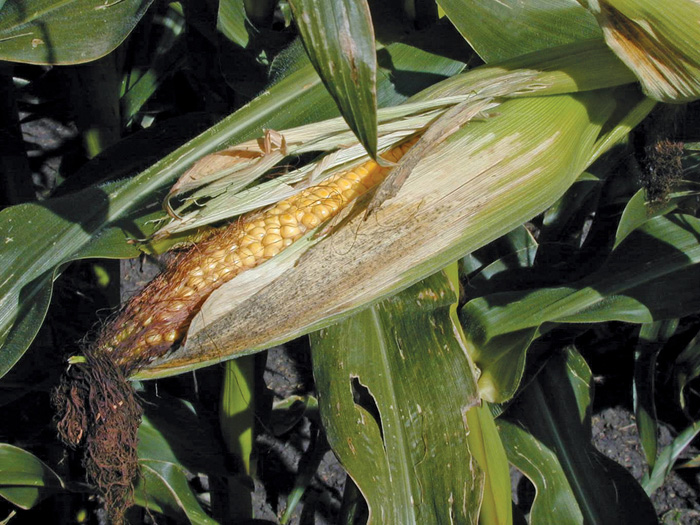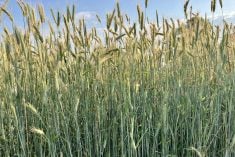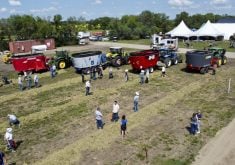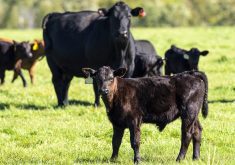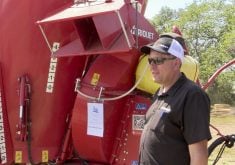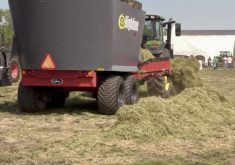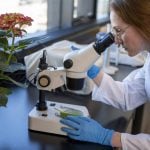What’s the first thing that pops into your head when you think about Ag in Motion?
For me, it’s crop plots, sprouting everything from alfalfa to canola.
I’ve been covering the show since its inception, initially as a reporter for Grainews. In those days, I worked with Scott Garvey shooting machinery videos. But I also hoofed it around the crop plots, trying to figure out which crops farmers might be interested in and snapping stock photos that might prove useful later in the year.
Read Also
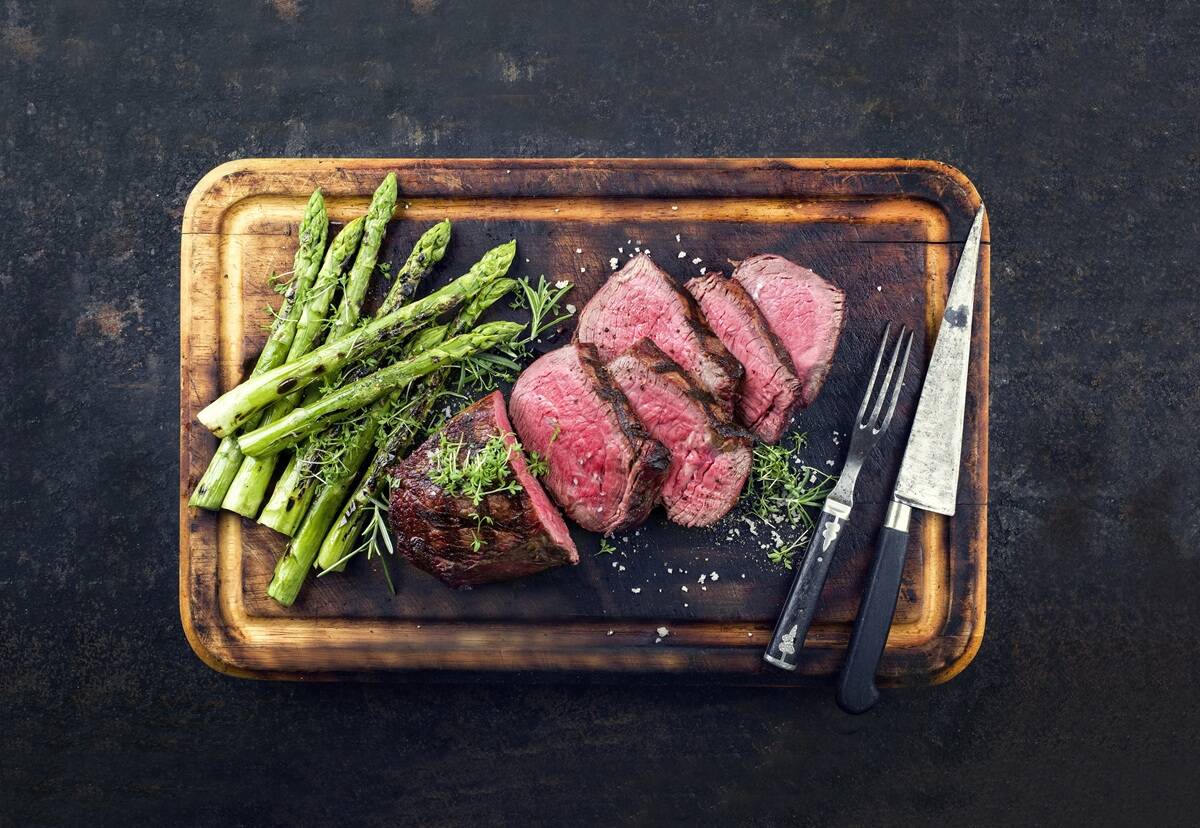
Building demand together: The impact of Canada’s beef import levy
The beef import levy has become a central tool for ensuring balance in Canada’s beef industry
Then, in the fall of 2019, I moseyed on over to Canadian Cattlemen. I still tour crop plots, but now I’m looking for cow chow.
The way I’ve covered that part of the show has evolved since then. Three years ago, I chatted with Tyler Russell of NorthStar Genetics about silage corn hybrids. He talked about what they look for in hybrids destined for cattle feed — more digestible kernels, more tonnage, a longer chopping window, standability through the winter, etc.
Also in 2021, I caught up with Herman Wehrle of FP Genetics. Wehrle talked about hybrid fall rye and how it can fit on cattle operations. He told me that hybrid rye had been around for several years before it was introduced to Canada. Since then, companies have been figuring out how it can work in a Canadian context. For cattle, that means using it as both a forage and grain crop.
“It’s just one more tool in the toolbox that a grower can have when thinking about how to manage his livestock feed,” Wehrle said.
Of course, there’s a lot more than corn and hybrid rye out there. How can producers figure out what might work on their farms? Last year, I dropped in at the Union Forage booth to see what kind of advice Graeme Finn could offer. Finn shared his experience on soil testing, species in a cover crop mix, plants best suited to low- or high-rainfall areas and establishing a perennial stand.
This year, I think we’re going to build on that coverage, looking at the available options and how livestock producers can figure out what fits their operations. I’m interested in knowing what farmers and ranchers are focusing on, especially given the recent drought years. Rejuvenating drought-stressed forage stands? Trying cover crops or something else new to them? Stockpiling feed and forage for the next drought? Something else entirely?
If you’re a forage or livestock producer, and you’d like to tell me what you’re thinking, email me at [email protected].


